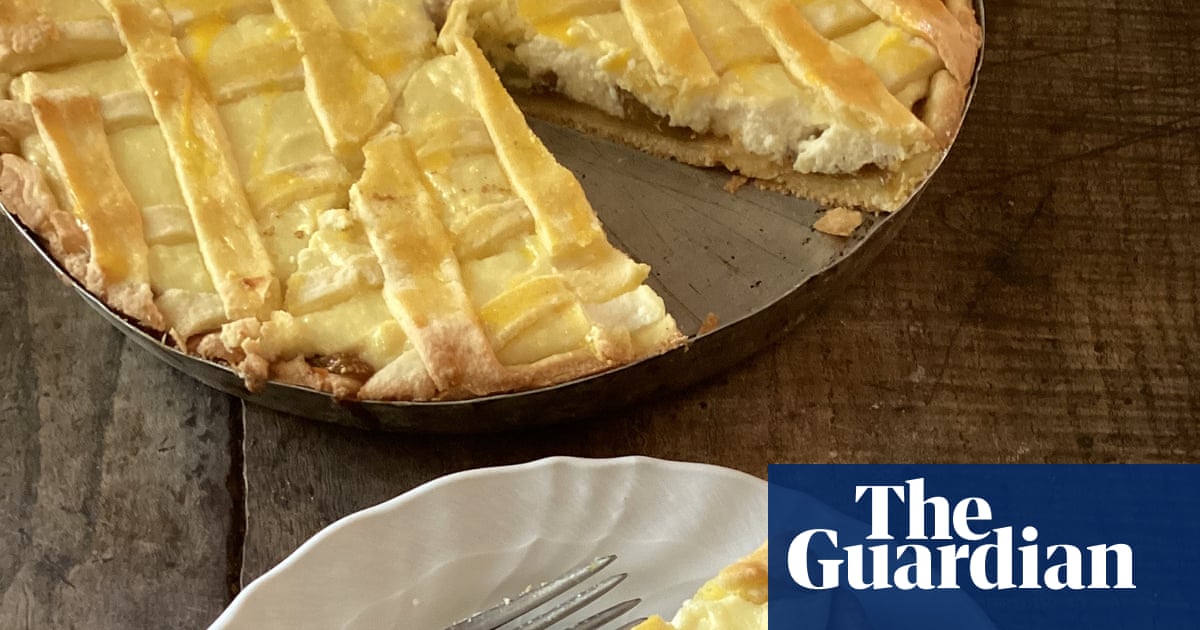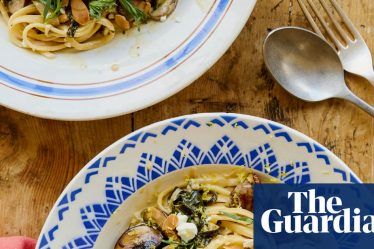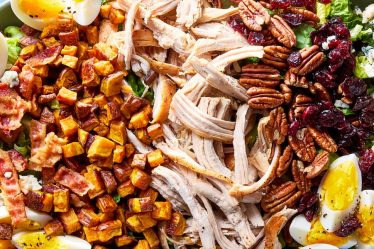
Yesterday, we left a garden with a fig tree as tall as a house to catch a train to Rome Termini station, where tiny, thrill-seeking figs grow on the tracks. The fearless fig tree is a descendant of the prehistoric wild caprifig, which spread from Caria (hence the species name carica) in ancient Anatolia, across the Mediterranean. Cultivation is thought to have started in Egypt and the Levant, probably between 4000 and 2700BC; particular evidence of this is the common fig (Ficus carica) on the stone walls within ancient Egyptian tombs called mastaba, painted so their occupants could enjoy the fruit in the afterlife.
Dozens of examples are described in a research paper by the professor of Egyptology Noha Hany Gerges Salama, including paintings within a fifth-dynasty mastaba of Iymery, in Giza. One painting in particular depicts two fig trees, both of which have a boy standing in their branches and picking fruit, while men under the trees collect fallen figs in baskets. Another exquisite painting shows two men seated opposite each other, one of whom is holding a plate holding three enormous figs. Salama notes what a common food source fresh and dried figs were in ancient Egypt, and used often to enhance flavour and sweeten, but also how figs, their leaves and the sap from the branches provided a natural rennet for cheese-making and yeast for wine-making.
The many varieties of figs fall into two broad groups: those that reproduce without pollination, and those that rely on little gnat-sized fig wasps to do it for them. Either way, figs are botanically not a single fruit, but a cluster of more than a thousand tiny flowers, which are thought of as seeds. Figs are also one of the few fruits to taste best when over-ripe, when those thousand tiny fruits have matured into an ambrosial cross between honey and jam, and as a result perfect for attracting both wasps and this week’s recipe.
It’s a variation on the wonderful crostata di ricotta e visciole (sour cherry and ricotta tart) from the Jewish-Roman tradition, using figs and orange instead, and I have also varied the pastry by adding some (optional) orange zest and ground almonds. Always work quickly with pastry, and with cold hands, and don’t skip the chilling or the preheating of the baking tray, which prevents a soggy bottom. And if you can’t find figs, fig jam works beautifully, too.
You can serve this tart hot out of the oven, but it is better, I think, when it has cooled a bit, so both the ricotta and fig layers have had the chance to firm up, which makes it easier to cut. Like its cherry cousin, the tart is also wonderful at room temperature and fridge-cold, especially for breakfast.
Fig, ricotta and orange tart
Serves 8–10
150g cold butter, diced
250g plain flour, plus extra for dusting
50g ground almonds
1 pinch of salt
60g icing sugar
2 medium eggs, lightly beaten, plus extra for brushing
1 unwaxed orange, 2 strips of zest pared off, the rest of the zest finely grated, plus 2 tbsp juice
400g fresh figs, chopped, or 300g fig jam
175g caster sugar
500g ricotta
1 egg
Rub the butter into the flour and ground almonds until the mix resembles fine breadcrumbs. Add the salt, icing sugar, grated orange zest and eggs, then mix to make a soft pastry. Wrap in greaseproof paper and chill in the fridge for at least an hour.
Put the figs in a pan with the two strips of orange zest, orange juice and 100g of the sugar. Bring to a boil, turn down to a lively simmer and cook for five to seven minutes, until the figs are tender and collapsing, but not mushy.
On a lightly floured surface, roll out two-thirds of the pastry into a disc a little larger than a 24cm tart tin. Drape the pastry over a rolling pin, unfurl it into the tin and push it into the corners. Trim off the excess pastry with a knife.
Spoon the cooked figs into the shell. Combine the ricotta, egg and remaining 75g sugar, beat until creamy and smooth, then carefully spoon on top of the figs. Roll the remaining pastry into a circle, then cut this into strips to make a lattice, which you can lay on top of the ricotta as simply or as cleverly as you like. Brush with beaten egg, then bake the tart on a preheated tray in the middle of a 180C (160C fan)/350F/gas 4 oven for 45 minutes, until the lattice is golden and the ricotta topping slightly puffed.


